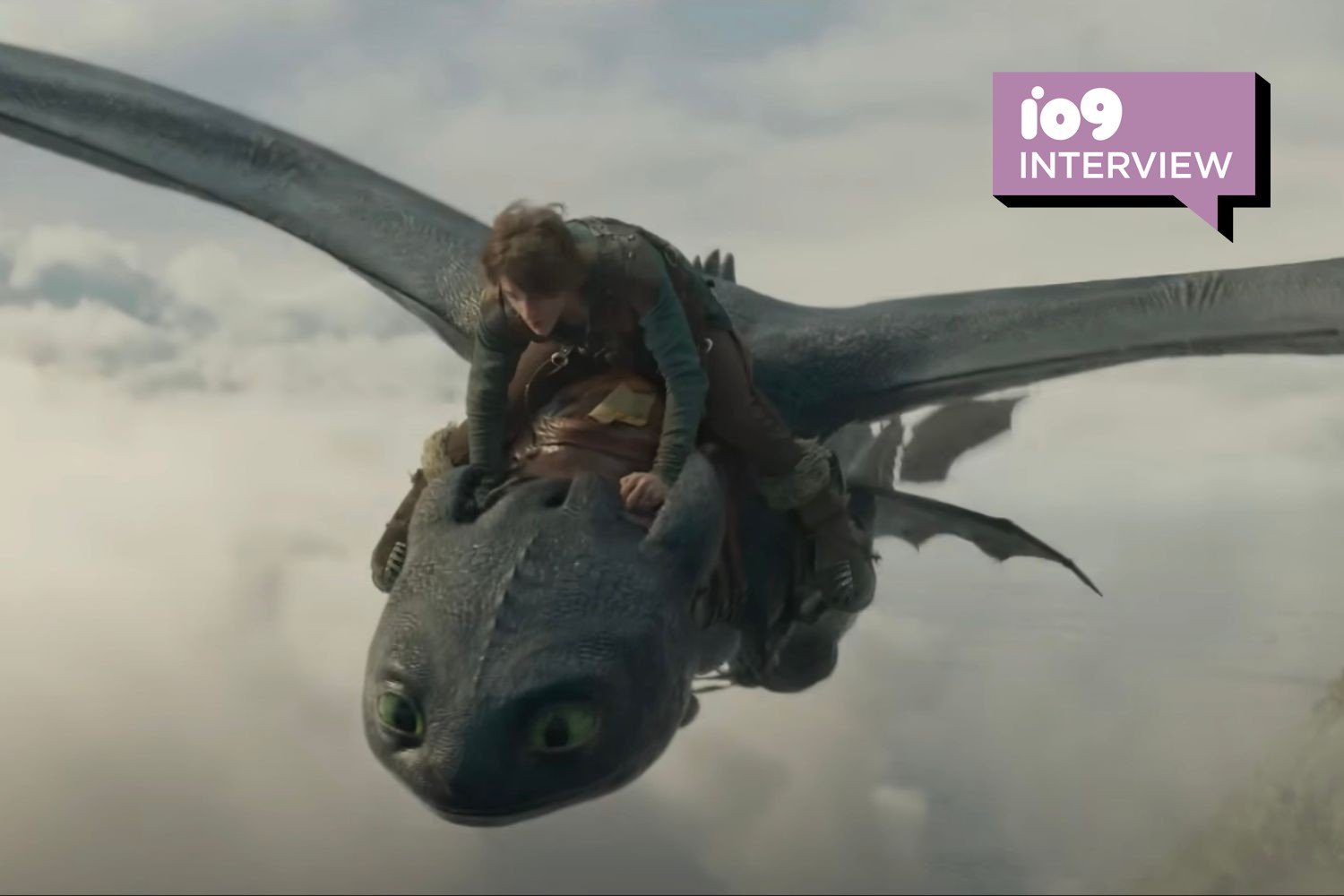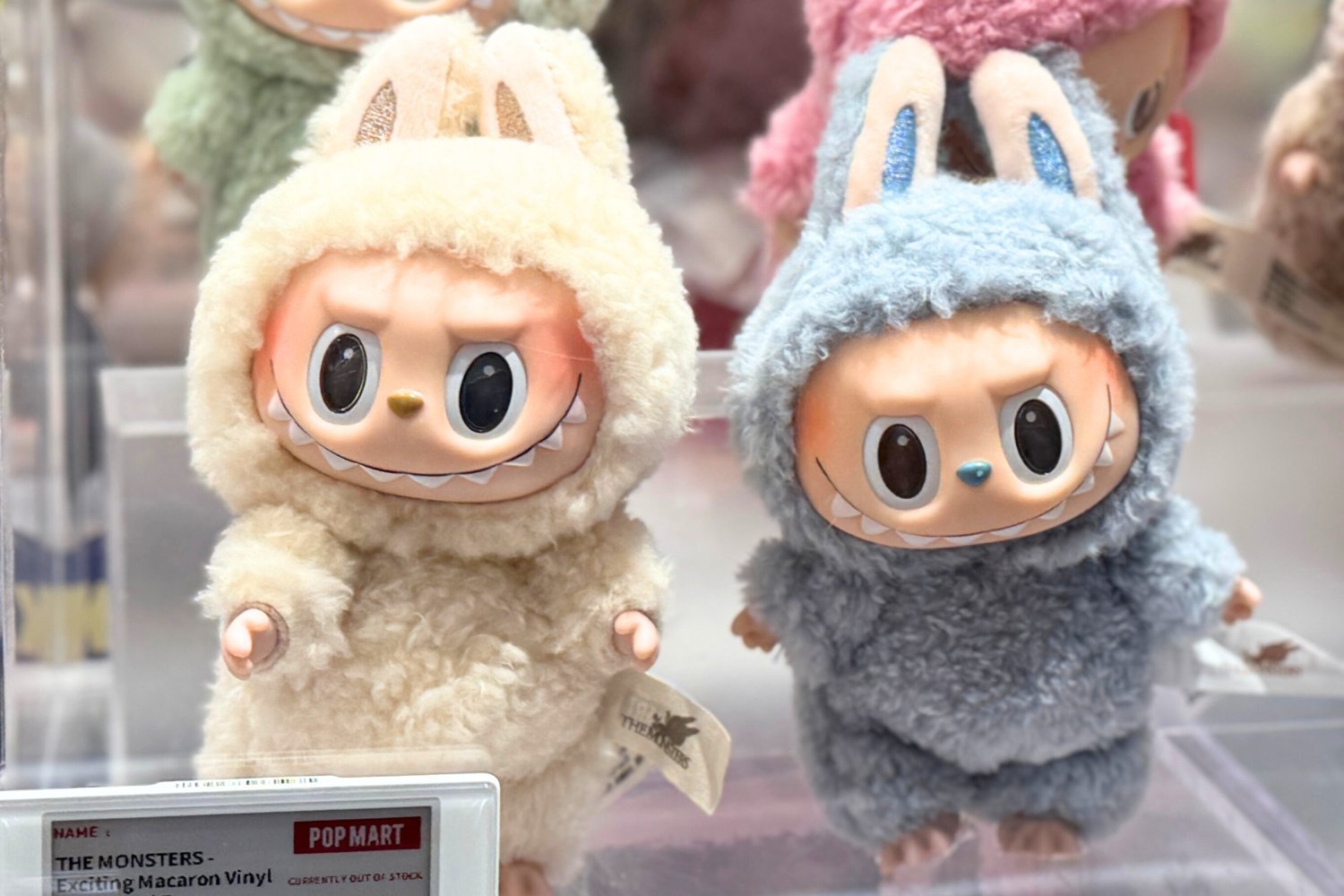As I drove to Universal recently, I had many questions about How to Train Your Dragon. The film, a remake of one of my favorite—and probably among the best—animated films in recent memory, is a live-action adaptation that has generated a lot of curiosity. A triumphant, emotional, exciting masterpiece. It’s basically perfect. So, to remake it makes you wonder “Why do we need this?” Was it happening just for the money? Would fans actually get something out of it?
Those were among the questions I had as writer-director Dean DeBlois presented three full scenes, and the new trailer, to a group of press on January 30. And, over the course of the evening, not only did I begin to come around to the need for the film, I got answers to all my questions. Questions like: what advantages does a live-action remake have over animation? Why didn’t they change the look of the dragon Toothless? Would composer John Powell be redoing his iconic score? And what, if anything, was the link to a full How to Train Your Dragon land opening at Universal’s Epic Universe theme park mere weeks before the movie?

To start, DeBlois said that he wasn’t the biggest fan of live-action remakes in general. He always felt like if you were going to remake an animated movie in live-action there had to be a really good reason for it. In the case of How to Train Your Dragon, the reason he latched onto was being able to dive into things they weren’t able to when they made the first movie, like learn more about characters (including Astrid) who were a little short-changed in the first movie. Explore more of the mythology of the Viking world. All that kind of stuff. He basically said he began to think of the live-action remake as the version of the film they would’ve made in 2010 if they had more time and money to complete it.
We saw that displayed in the first of three scenes shown, which was the first time all the young Vikings—Hiccup (Mason Thames), Astrid (Nico Parker), Fishlegs (Julian Dennison), and the rest—are forced into a confrontation with the dragon. The scene had lots of humor but really focused more on Astrid’s clear superiority over the rest of her friends and how that impacts who she is as a person. The scene certainly reminded us of the original movie, but had more meat on the bone.
DeBlois then explained that while most of the movie was at least a little different from the original, other scenes would not be different at all. For example, the second scene they showed was the first time Hiccup and Toothless fly together, one of the film’s most memorable moments, and the scene is almost shot for shot from the animated film. There are “a couple of moments where we felt like we should almost stick shot for shot with the animated movie because these are iconic scenes that fans will recognize. And we wanted to honor them in live action as best we could,” DeBlois said. And as the scene played, complete with that iconic music, all those emotions came back again.

Watching that scene also meant directly taking on two of my big burning questions. First was the design of not just Toothless, but all the dragons who look very similar to their animated counterparts. “The unique challenges in designing them for live action [was] we wanted to make sure we didn’t sacrifice those trademark silhouettes and personalities and everything from the animated movie,” DeBlois said. “Obviously we wanted to set aside anything that was too anthropomorphic because we’re really trying to build the idea of credible dragons on screen. But finding how much to retain versus how much to reinvent was a bit of an evolving process.”
DeBlois said the team drew lots of inspiration from the words of iconic special effects artist John Dykstra. He told the team to “imagine the animated movie came after the live-action movie,” according to DeBlois. “So everything in terms of dragon design that you’ve simplified and caricatured and highlighted came from an actual animal that was filmed with real cameras and moved around as a creature of this natural world,” he said.
“So, working backward, we were able to retain what we think might have been simplified in an animated design, but give it a little bit more of a robust sort of skeleton, musculature, scales, and details. But from afar, I still feel like that’s the same creature,”
Which is a process that, in a way, also applies to the film’s magical score by composer John Powell. “John Powell’s in the middle of writing his music, which is, again, the same challenge,” DeBlois said. “How do you keep what people loved about it, but also bring a little more sophistication, paint with different brushes, and refresh it for hopefully a new generation of people?”
The third scene brought all that together as we watched another iconic moment from the original film, when Hiccup is supposed to slay a dragon in front of everyone (including his father, Stoic, played by Gerard Butler) and instead reveals his pacifism toward dragons. The scene, again, felt very much like the animated film but everything was just a little more elaborate and detailed. Like, for example, the dragon he’s got to defeat has fire over its entire body. It’s excessive and cool at the same time.

So I’d learned why DeBlois was making this film, what live-action allowed them to do, why the dragons looked so similar, and about the score. For my last question, I had to approach the director afterward. I asked him about the upcoming theme park and if the teams ever collaborated, considering both were bringing this world to life, at the same time. “They did a presentation for us about a year ago,” he said. “And they basically said, ‘This is what we’re building. It’s based on How to Train Your Dragon 2, the animated movie.’ So it’s about the world as dragons have already moved in. They’ve already made all sorts of accommodations for them. And that it’s skewed a bit younger. So it was presenting, ‘We know you wrote and created the story, and this is our spin on it.’ And I got the sense like I wasn’t supposed to give notes. [Laughs] They were underway, they were building it. They had their own deadlines. So I’m really curious to see it. It looks cool.”
And the fact they are opening so close to each other is, apparently, just a nice coincidence. “I like the timing of it. At one point, we were going to come out on the same day that it opened. I thought that was a cool idea,” he said. “I am curious to see it and go back to the old Lilo & Stitch and Mulan stomping grounds. But I don’t know much more than what people posted on YouTube.”
Which, thankfully, is no longer the case with the live-action How to Train Your Dragon. You now know significantly more. And, as DeBlois said at the conclusion of the presentation, while he’s confident they are going to make a great, worthwhile movie and he hopes everyone agrees, the worst case scenario is “There’s always the animated movies.” The film opens June 13.
Want more io9 news? Check out when to expect the latest Marvel, Star Wars, and Star Trek releases, what’s next for the DC Universe on film and TV, and everything you need to know about the future of Doctor Who.
Source Link





